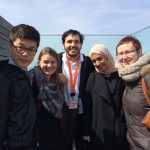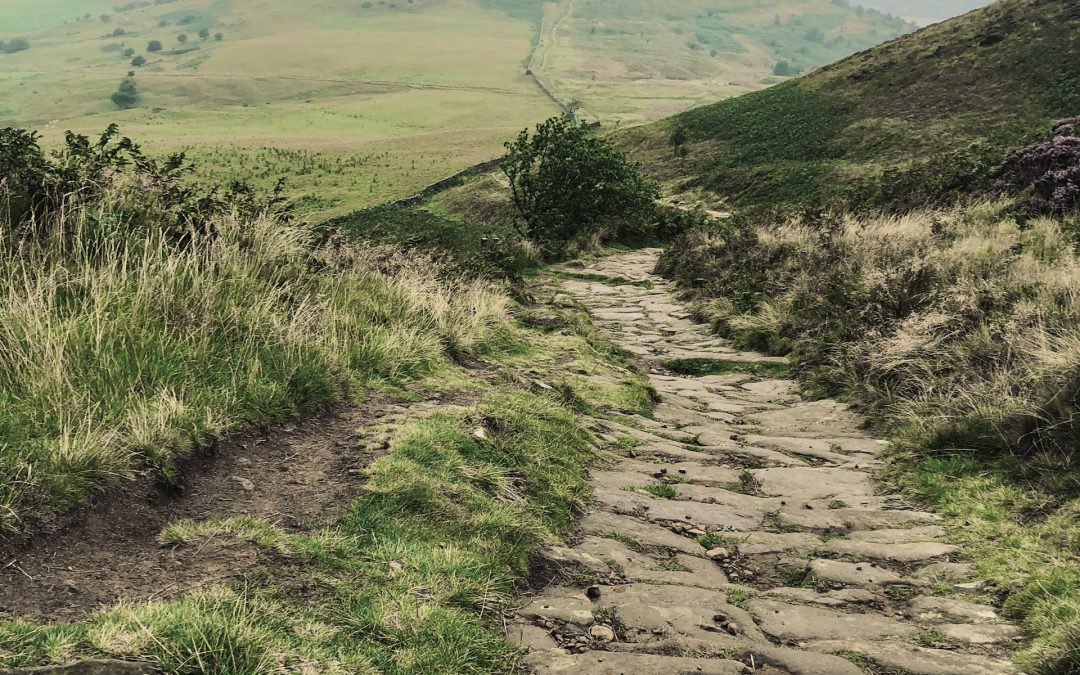This has been a busy time for us at TGW. It is exciting to see how many organizations and communities are expanding their lens to recognize the strengths of individuals and not just their vulnerabilities and are including our SRM skills-based approach to amplify resilience. It is not enough to be “trauma-informed.” There have to be specific ways to use that information. And, while many of our SRM trainings are privately sponsored, we are committed to offering public trainings at least twice a year.
We began 2016 with the data collection phase of our PeaceBuilder Project in Rwanda. Working in three prisons: Ngoma, Gasabo, and Muhanga. Our project has support from both governmental and non-governmental organizations in Rwanda. We trained local data collectors who skillfully gathered information via self-report forms and in-depth interviews. We have a sample size of 317 and the data analysis has been completed. I leave on April 1, with Kevin Barnes-Ceeny, to meet with groups of stakeholders in Kigali. We will be presenting the results of our data analysis as well as hearing from those at the meetings what the results suggest to them for prisoner re-entry. Once we have finalized the findings and recommendations they will be summarized in this blog…as well as being presented at conferences and published in relevant journals. I believe our work, in collaboration with our partners in Rwanda, has the potential to contribute to the state of knowledge about helping generate healing in fractured communities.
Another focus of TGW’s work is in schools and universities. Orienting administrators and school staff to the devastating effect of stress on children and adolescents as well as to the developmental aspects of brain development that shape behavior and learning helps build resilience-oriented approaches. Best of all is when we can offer the neuroeducation and skills to both school staff and students. SRM skills can be taught peer-to-peer and for adolescents, peer-to-peer approaches are developmentally the most relevant. Recently, an enthusiastic group of high school counselors, special education teachers, and administrators practiced SRM’s self-care skills, followed by 80 students.
Here at TGW we are working collaboratively with a diverse group of organizations. To name a few, 1) our work with John Jay College of Criminal Justice’s Prisoner Reentry Institute (PRI) continues to be stimulating and generative. We have several projects in progress, one focuses on resilience-building for Corrections Officers (COs). A recent study of 2,373 COs by Kirsten Lewis showed 73% reported that in the course of a day they always, frequently or often are exposed to traumatic material. COs are a group whose average life expectancy is 59 years old. There is a strong need throughout Corrections for practices and programs to support and enhance resilience. 2) The National Alliance for the Mentally Ill (NAMI) has staff who are actively involved in becoming SRM facilitators and NAMI sponsors community meetings which orient family members and clients to SRM self-regulation skills. And, 3) we are very fortunate to be working with the School of Visual Arts’ Design for Social Innovation Program. Five students, in particular, Aga from Poland, Sara and Neda from Syria, Muhammed from Egypt, and Linjie from China (in photo below) have adopted TGW for their Communication Design class and will be advising us on enhancing our materials and scaleability. What could be better than that! 
Stay tuned for more as we head into spring

